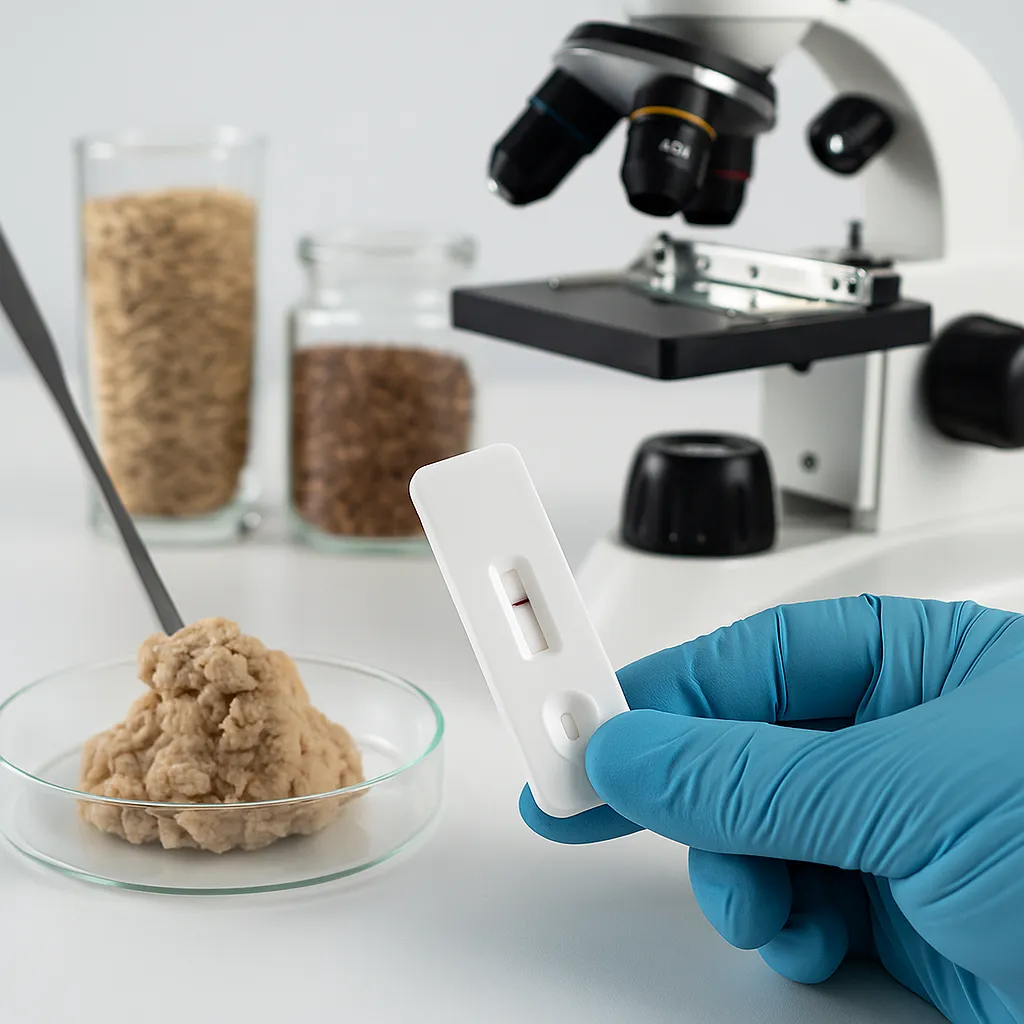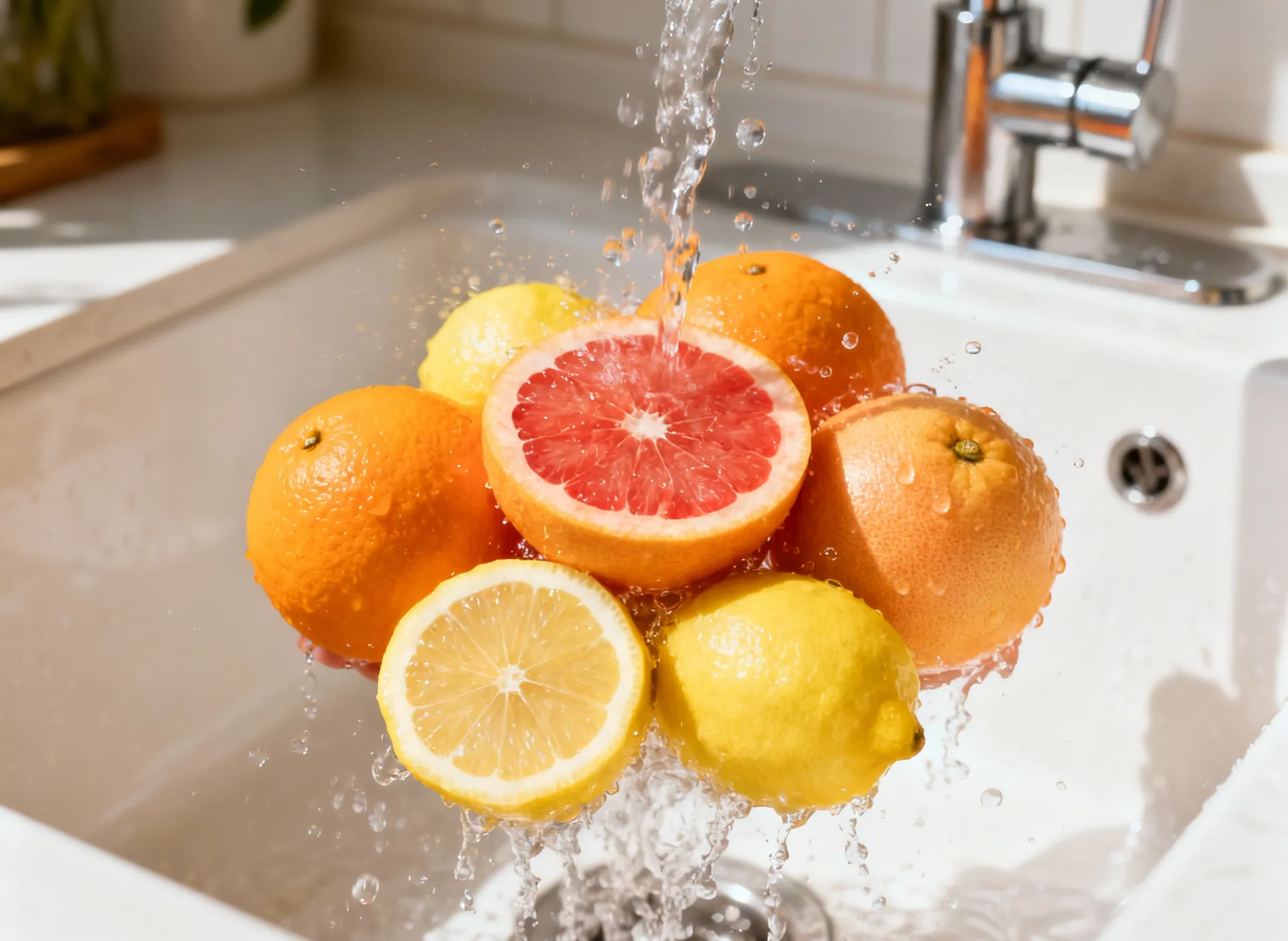The Definitive Guide to Cleaning Cauliflower Florets: Removing Pests, Dirt, and Pesticides
Discover the most effective ways to clean cauliflower florets, including the best soaking solutions (saltwater, vinegar, and baking soda) to remove pests, dirt, and pesticide residue for a clean, safe meal.

Cauliflower is a versatile and nutritious vegetable, but its dense, craggy structure makes it a magnet for dirt, small insects, and pesticide residue. Simply rinsing it under the tap isn't enough to ensure a truly clean and safe product. This comprehensive guide will walk you through the best methods—from a basic saltwater soak to specialized vinegar and baking soda solutions—to guarantee your cauliflower florets are sparkling clean and ready for your next culinary masterpiece.
Why Proper Cleaning is Essential for Cauliflower
Unlike smooth vegetables, cauliflower's intricate head, composed of tightly packed florets, offers numerous hiding spots. These nooks and crannies can harbor:
- Small Pests: Aphids, cabbage worms, and tiny spider mites often seek shelter within the florets and can be difficult to dislodge.
- Soil and Grit: Even after harvesting, fine particles of dirt can remain deeply embedded.
- Pesticide Residue: Non-organic cauliflower may carry chemical residues on its surface, which should be minimized before consumption.
Step 1: The Initial Preparation (Breaking Down the Head)
- Remove the Outer Leaves: Pull off and discard the thick, green outer leaves. While you're at it, trim the tough bottom stem.
- Inspect the Head: Look for any noticeable dark spots or blemishes and use a paring knife to carefully cut them away.
- Break into Florets: The most effective cleaning happens when the cauliflower is broken down. Use your hands or a knife to cut the head into manageable, bite-sized florets. This exposes all surfaces to the cleaning solution.
Step 2: The Best Cleaning Solutions
Different cleaning solutions target different contaminants. Choose the method that best suits your needs:
Method A: The Saltwater Soak (Best for Pests)
This is the gold standard for dislodging hidden insects. Saltwater creates an osmotic pressure difference, encouraging pests to leave their hiding spots.
- The Solution: Fill a large bowl with cool water and stir in **2 tablespoons of salt** (table or kosher) for every 4 cups of water.
- The Process: Submerge the florets completely in the saltwater solution. Ensure they are fully immersed.
- The Soaking Time: Allow the florets to soak for **15 to 30 minutes**. You will often see small insects floating to the surface.
Method B: The Vinegar Wash (Best for Bacteria and Mild Pesticides)
White distilled vinegar is a mild disinfectant that can help break down some surface residues and kill certain bacteria without leaving a strong taste.
- The Solution: Create a solution using **3 parts water to 1 part white vinegar**.
- The Process: Soak the florets for about **10 to 15 minutes**. Avoid soaking for too long, as the vinegar can slightly soften the texture of the vegetable.
- Note: Some experts suggest avoiding vinegar for porous produce, but for the hard surface of cauliflower, a short soak is generally safe and effective.
Method C: The Baking Soda Rinse (The Most Recommended for Pesticides)
A 2017 study published in the **Journal of Agricultural and Food Chemistry** found that a baking soda solution was the most effective way to remove pesticide residues from produce. This method is highly recommended for non-organic cauliflower.
- The Solution: Mix **1 teaspoon of baking soda** (sodium bicarbonate) into 4 cups of water.
- The Process: Submerge the florets and let them soak for approximately **15 minutes**.
- The Science: Baking soda's alkaline properties help to break down the chemical structure of common pesticides.
Step 3: The Final Rinse and Drying
Regardless of the method you choose, the final steps are crucial to remove any lingering solution or dislodged debris.
Thorough Rinsing is Key
After soaking, place the florets in a colander and rinse them thoroughly under **cold, running water**. Use your hands to gently toss and massage the florets to ensure the water gets into every nook and cranny. Continue rinsing until you are confident all traces of salt, vinegar, or baking soda are gone.
Drying for Optimal Texture
Excess moisture is the enemy of a good roast, stir-fry, or storage. Properly drying your cauliflower florets is just as important as cleaning them.
- For Immediate Use (Roasting/Stir-Frying): Spin the florets in a salad spinner to remove the majority of the moisture, then spread them out on a clean kitchen towel or paper towels for a few minutes to air dry. For roasting, the drier they are, the crispier they will get!
- For Storage: If you are cleaning them ahead of time, ensure they are absolutely dry before placing them in an airtight container lined with a paper towel. This prevents bacterial growth and maintains freshness.
Quick Reference: Cleaning Cauliflower vs. Other Brassicas
While broccoli, Brussels sprouts, and cabbage belong to the same family, the density of cauliflower requires a more rigorous approach. Cabbage is typically cleaned by removing the outer leaves, and Brussels sprouts can be quickly rinsed. Cauliflower's unique head demands a proper soaking to truly reach the insects and dirt hidden deep within.
Conclusion: Taking a few extra minutes to properly clean your cauliflower using a soaking solution is the only way to guarantee you are serving a clean, pest-free, and delightful dish. Whether you choose the simple saltwater method or the powerful baking soda wash, your culinary efforts will be rewarded with cleaner flavors and peace of mind.


